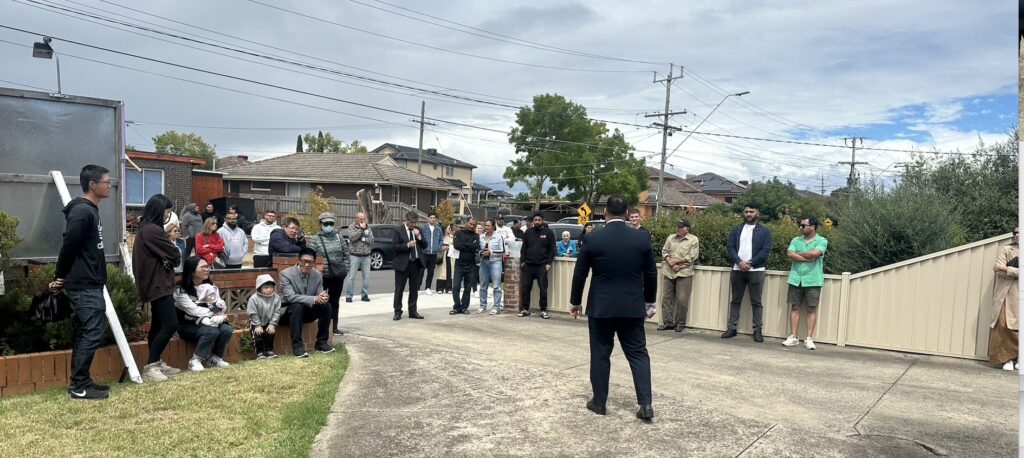Closed tender sales campaigns have a few different descriptors. Some agents coin their campaigns “Expressions of Interest”, or EOI. Others refer to the method as “best and highest”.
Buyers often dread this method of sale because it usually lacks transparency. In an industry of wide distrust, buyers are already cautious about the offer process and the possibility of being deceived into submitting a higher offer than need be,
But it’s not just the fear of overpaying that turns buyers’ stomaches when faced with this scenario. It’s also the fear of missing out for a marginal amount.
In the case of a public auction, buyers can see the competition.
They have an ongoing opportunity to beat each competitor’s bid. While auction presents a different set of fears for many, the transparency of an auction mitigates concerns about deception.

Auctions rely on social proof and competition. Buyers who ordinarily may have determined a price they’d be willing to pay are more likely to extend the magnitude of their offer when they have visible competition.
This being the case, why would an agent suggest a closed tender bidding process?
There are a few reasons for an agent to opt for this type of sale. The obvious reason relates to the buyer pool. If an agent has one particularly strong or excited buyer who stands out from the other buyers, this methodology could ensure the vendor receives a better result than an auction result. After all, an auction result is usually one thousand dollars stronger than the next bid.
The vendor can never be assured that the price they received was that buyer’s genuine limit.
Another reason why an agent could opt for the “best and highest” method relates to the limitations and likely conditions associated with the buyer pool. For example, first home buyers are often gripped with caution when they approach the offer process. Finance clauses and building inspections are common conditions that they are loathe to proceed without. The cost of pre-auction building inspections can preclude this cohort from participating in an unconditional bidding process. Agents who find themselves fielding first home buyer interest on a particular property may prefer to open the offer process to any and all conditions. While vendors will then receive conditional offers that open them to the risk of a sale not proceeding, they also enjoy the benefit of a larger magnitude of buyers making offers.
Another driver for the closed tender sales process relates to limited buyer interest. A campaign with only one buyer could be best switched to a “best and highest” process if the agent wants to create a feeling of competition. A fearful buyer who is committed to the purchase will certainly offer more in this scenario than they would if the property passed in to them at auction. Some would call this deceptive, but it does happen.
A property that is hard to put a value on may be best suited to this method of sale also. A scarce property that needs to find it’s suitable buyer won’t fare well with a public auction or set price sale.
And of course, the “best and highest” method is sometimes adopted by agents who prefer a faster, easier finale to the offer process. Maybe they are working to a genuine vendor deadline, or maybe they have a game of golf scheduled. Either way, this process is generally rapid.
The only time that “best and highest” really suits a buyer is when there is compelling sales evidence that their budget limit matches the appraised value of the property. In a situation like this, regret rarely strikes. Whether they miss out on the property or secure the keys, they can rest comfortably that the result was a fair one.
Being prepped with comparable sales analysis, combined with having a grip of the current market conditions is essential when tackling this type of sale process.
REGISTER TO OUR NEWSLETTER
INFORMATION
CONTACT US
1A/58 ANDERSON STREET,
YARRAVILLE VIC 3013
0422 638 362
03 7000 6026
CATE@CATEBAKOS.COM.AU
